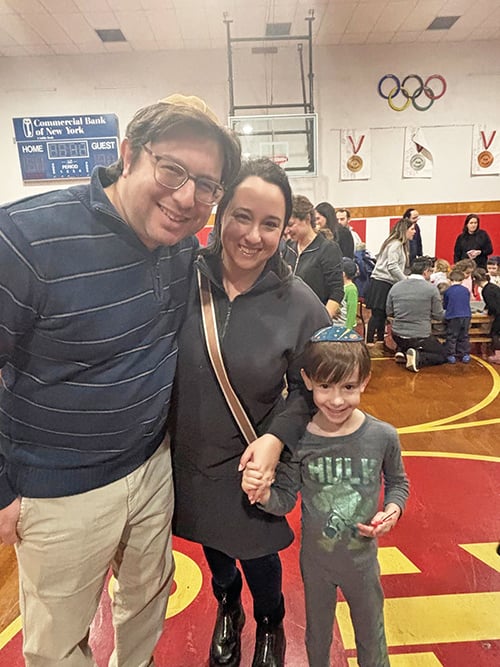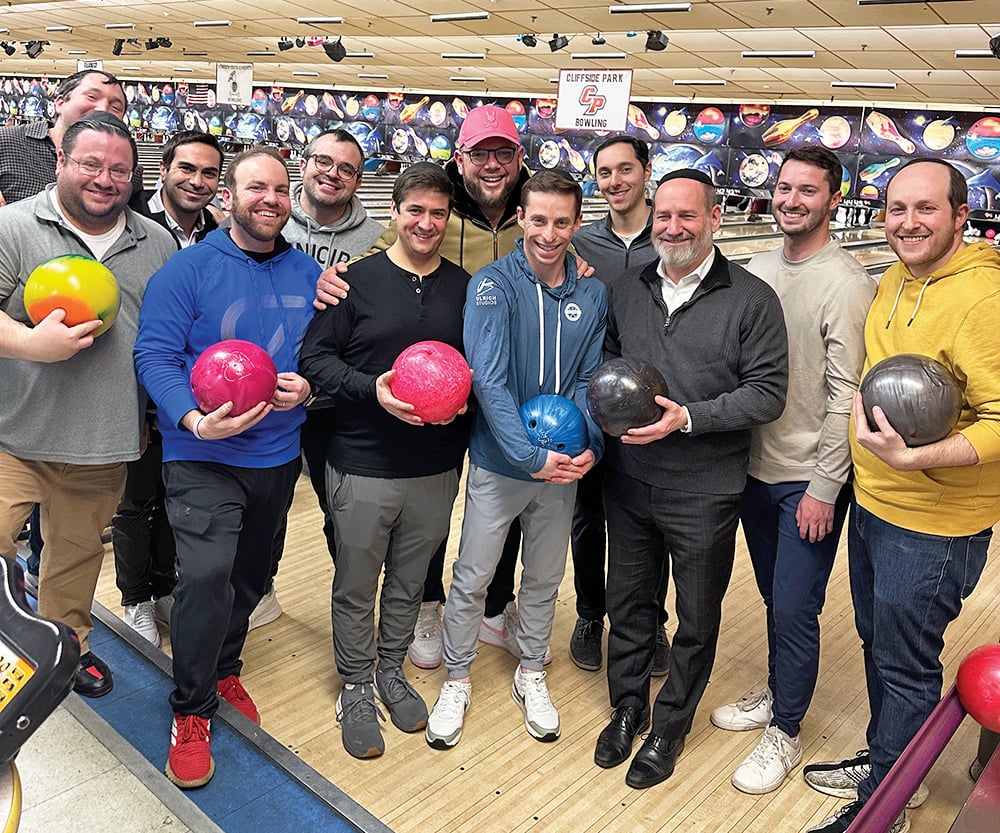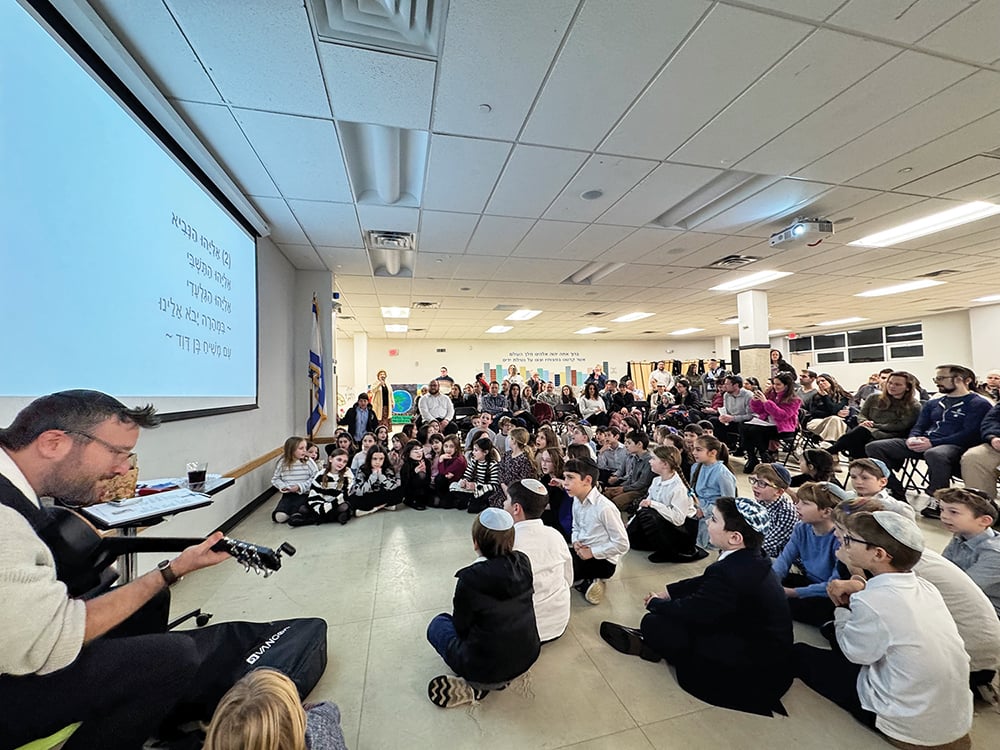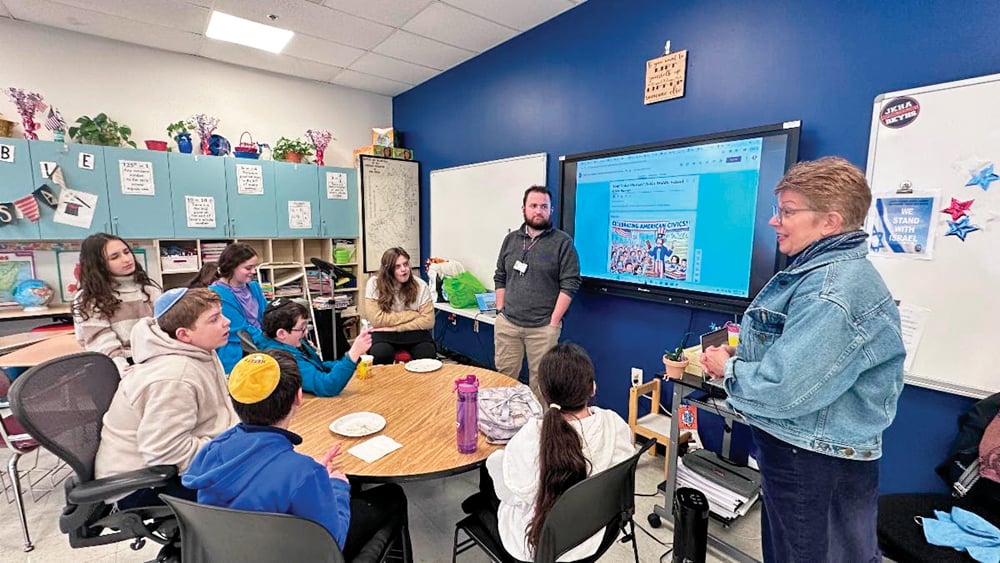
(Courtesy of SMGH) It’s that time of the year—Elul, where we get our lives in order for the coming High Holy Days, the Yomim Noraim. The Hebrew letters that make the word “Elul,” aleph, lamed, vav and lamed, are an acronym for the phrase “Ani l’dodi v’dodi li,” which means “I am to my beloved and my beloved is to me.” This beautiful and romantic phrase explains our relationship with Hashem, which is often paralleled to that of a husband and wife, a bride and groom, in our individual lives.
The Yomim Noraim begins with Rosh Hashanah, which commemorates the creation of the world and marks the beginning of the Days of Awe, a 10-day period of introspection and repentance that culminates in the Yom Kippur holiday, also known as the Day of Atonement. We review what we have done this past year and where we need improvement. And we physically prepare our homes for the festive meals and family time.
Did you know that hospitals also need to prepare for Yomim Noraim? St. Mary’s General Hospital will once again plan for the holidays as it has done for the past three years.
“In 2019 (5780) we underwent an intense education program for all management and staff,” said George Matyjewicz, PhD, community liaison and developer of the program: “Understanding Judaism: The Professional’s Guide in a Hospital Environment.”1 Every shift in every department was educated on how to care for Orthodox Jewish patients, since the Passaic-Clifton community is the second largest in New Jersey. We covered general patient information like contact, prayer, tznius, life and death, and more. We also spent a considerable amount of time on Shabbos and Yom Tovim and the nuances of these special days and how staff can help make patients and visitors comfortable. And the staff was always eager to learn, usually staying for four to five hours with questions. And each year we have follow-up education and material to have staff prepared for the coming Yomim Noraim.”
To relate what staff encounter, try standing in their shoes for a simple test. On a park bench you encounter a man with a beard and black hat on who appears to be very ill and needs a hospital. You, as a frum Jew, want to help your fellow man, and proceed to do what you know to help this man, using your knowledge of the frum world. But wait. He may look like a frum man, but he is an Amish man; what do you know about his way of life?
“Yes, if a patient needs help, you help with no questions asked,” said Matyjewicz. “But what about patients who come in for non-life-threatening procedures or visitors during a Yom Tov? Or what about the local community and the somewhat strange things they are doing during these holidays? In addition to the general information and the normal Shabbos restrictions, staff need to know their special Yom Tov needs. For Rosh Hashanah, we have shofar (ram’s horn) blowing during the month of Elul; special machzorim for davening; Hataras Nedarim (annulling of vows); tashlich, explaining what those Jews are doing by that lake with prayer books and the swinging of live chickens (kapparos, praying for the redemption of our souls); teshuvah; shemittah year and the pruzbul (what do mean: “loans are cancelled”?).
Even in the kitchen we need to prepare with round challah symbolizing the cycle of life; honey rather than salt with challah (and with apple slices); new fruits; pomegranates and fish heads. Pomegranates are said to have 613 seeds in each fruit, which corresponds to the 613 commandments in the Torah. Fish heads represent the holiday’s literal meaning, “head of the year,” and in hope that the year will be as bountiful as the fish in the sea.
We also know that it is not easy to remember all the Yom Tov requirements, even with ongoing education. Staff have resources to call on for help, and they know to call before making assumptions. First they can call me or Chaplain Rabbi Yosef Levy. We also have our Orthodox Jewish Advisory Board and other frum doctors and staff and Bikur Cholim. And, of course, the patient’s LOR—local Orthodox rabbi!”
Members of the Passaic-Clifton community are always available to assist where needed. While a patient may not be able to leave for tashlich, they are able to do all the other requirements of the holidays. As in past years, members of the kehila can serve as the beis din for annulling of vows and money can be used for kapparos rather than chickens. And there are 30+ members of the community available for shofar blowing who will come to the hospital or home for a patient.
Rosh Hashanah is a happy day, a festival, and at the same time it is a very serious day. It is a serious day because it is the day of judgment, and it is a happy day because we are confident that if we understand the meaning of the day and use it properly, then we will indeed receive a favorable judgment.
During Rosh Hashanah, Jewish people ask Hashem for forgiveness for the things we’ve done wrong during the past year. We also remind ourselves not to repeat these mistakes in the coming year. In this way, Rosh Hashanah is an opportunity to improve ourselves. It’s a holiday that helps us to become better people. And when that Day of Judgment, Yom Kippur, comes, we want to be sure we are ready for a favorable judgment.
“At St. Mary’s General Hospital, we want to help to make these holidays as comfortable as possible for you,” said Matyjewicz. “In a way, we are also looking for forgiveness for our predecessors who let the hospital fall from its original glory as a premiere Jewish hospital2. Today as part of Prime Healthcare and with an active board of directors and executive team, St. Mary’s General Hospital is striving to become the hospital of choice for our community.
So relax and l’shanah tovah tikatevu ve techatemu (לְשָׁנָה טוֹבָה תִכָּתֵבוּ וְתֵּחָתֵמוּ), may you be inscribed and sealed for a good year.”
For more information, please contact George Matyjewicz, PhD, community liaison at [email protected].
St. Mary’s General Hospital—nationally recognized, locally preferred—is among the top hospitals in America for health, quality and patient safety! A center of excellence for maternal-child, the hospital has over 550 physicians and 1,200 employees, with every staff member committed to providing respectful, personalized, high-quality care to satisfy patients’ needs and exceed their expectations. St. Mary’s General is a proud member of Prime Healthcare, which has had more Patient Safety Excellence Award recipients for five consecutive years (2016-2020) than any other health system in the country including a “Top 15 Healthcare System” by Truven Health Analytics. To learn more about St. Mary’s General Hospital visit https://www.smh-nj.com/ or Facebook at https://www.facebook.com/StMarysGeneral.
St. Mary’s General Hospital, 350 Boulevard, Passaic, NJ 07055, 973-365-4300, www.smh-nj.com
1 Developed by George Matyjewicz, PhD, a Jew by Choice, having converted in 2005, and who has been a senior staff member of hospitals for the past 15 years. The program utilizes material developed by the NJ Chaplain’s Association’s Cultural Sensitivity Training Program for Shabbos & Yom Tovim, to which was added everyday material that our community lives with that staff need to know.
2 Passaic Beth Israel













